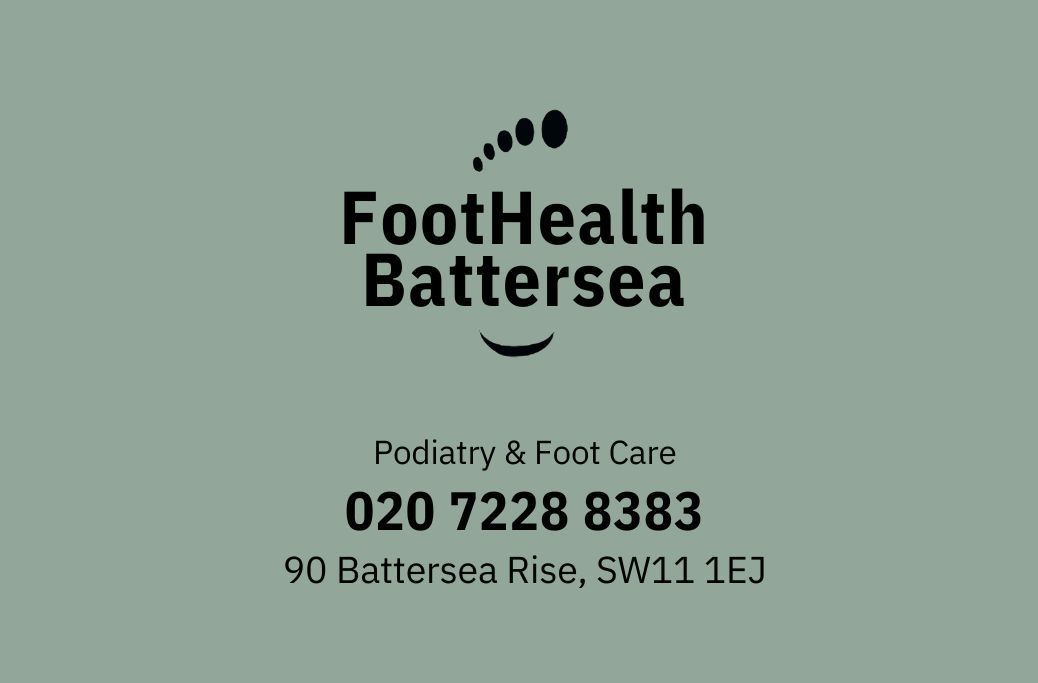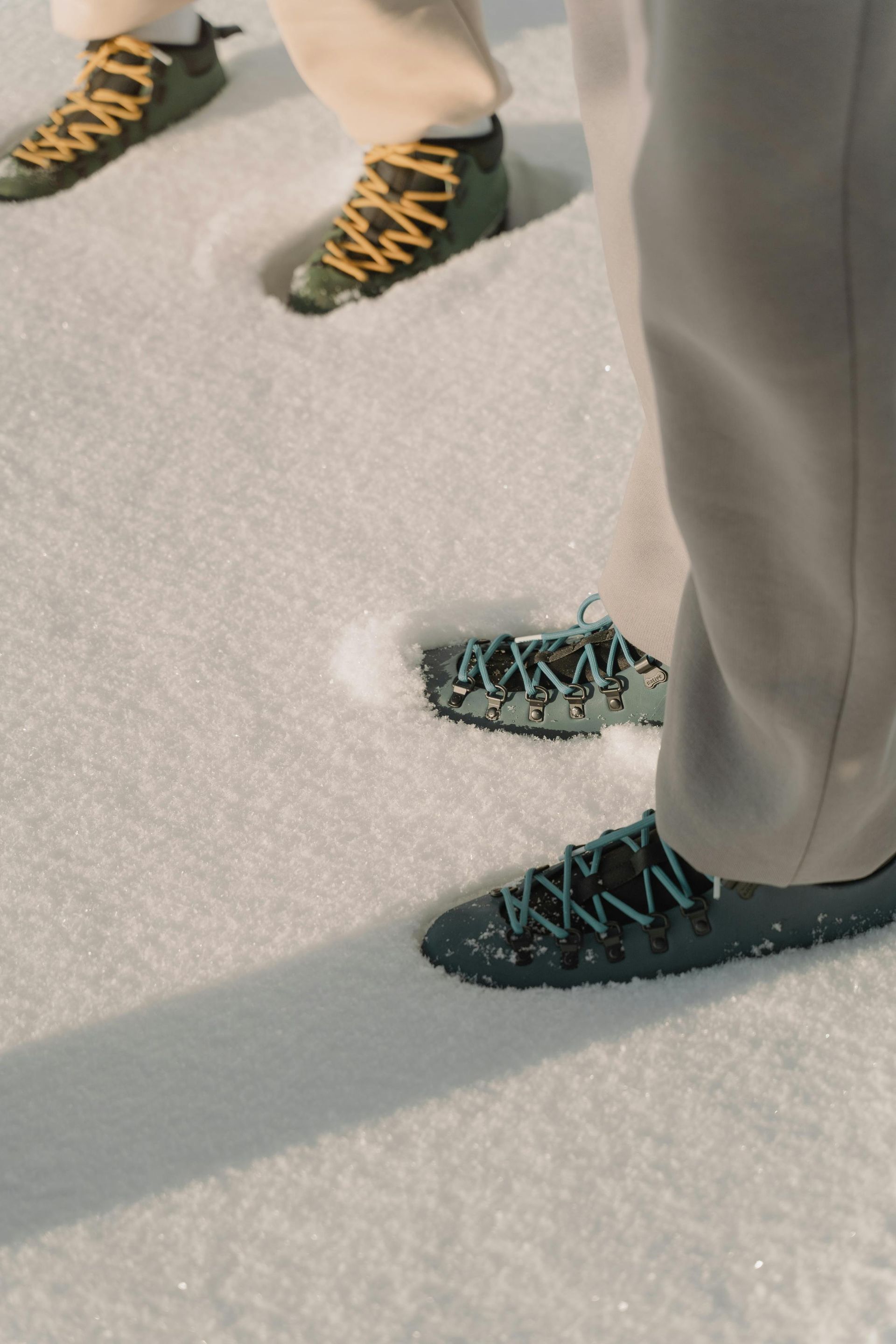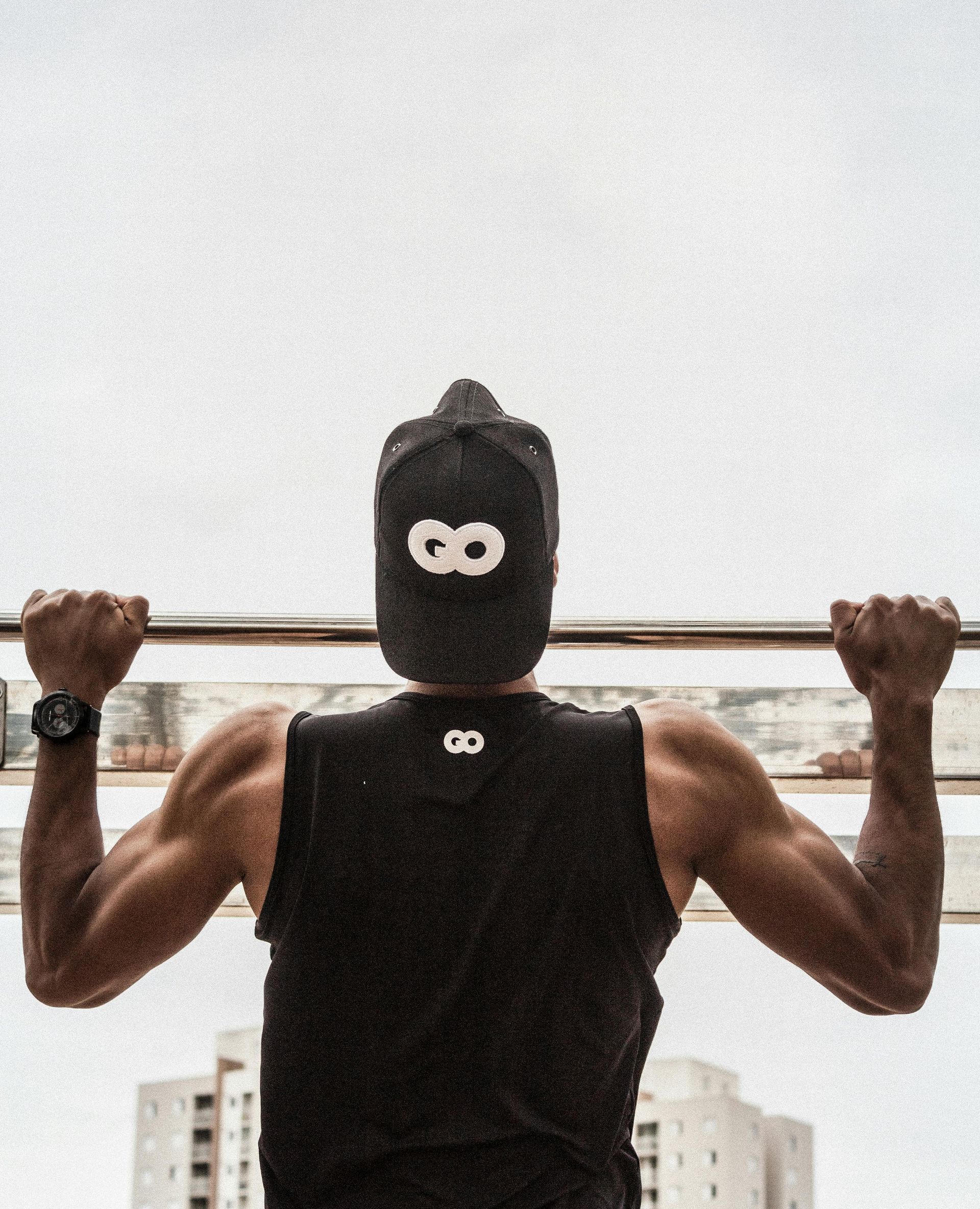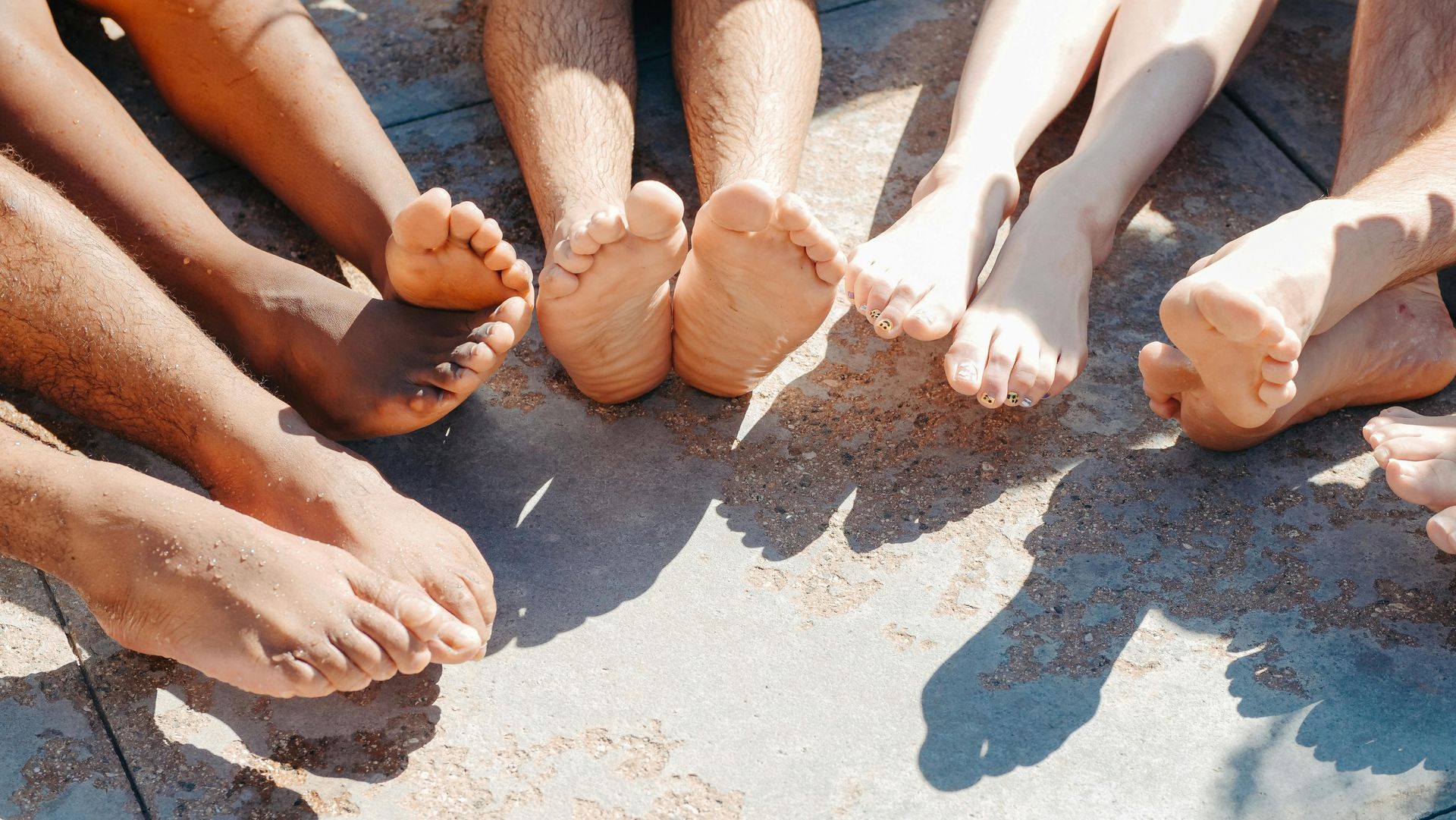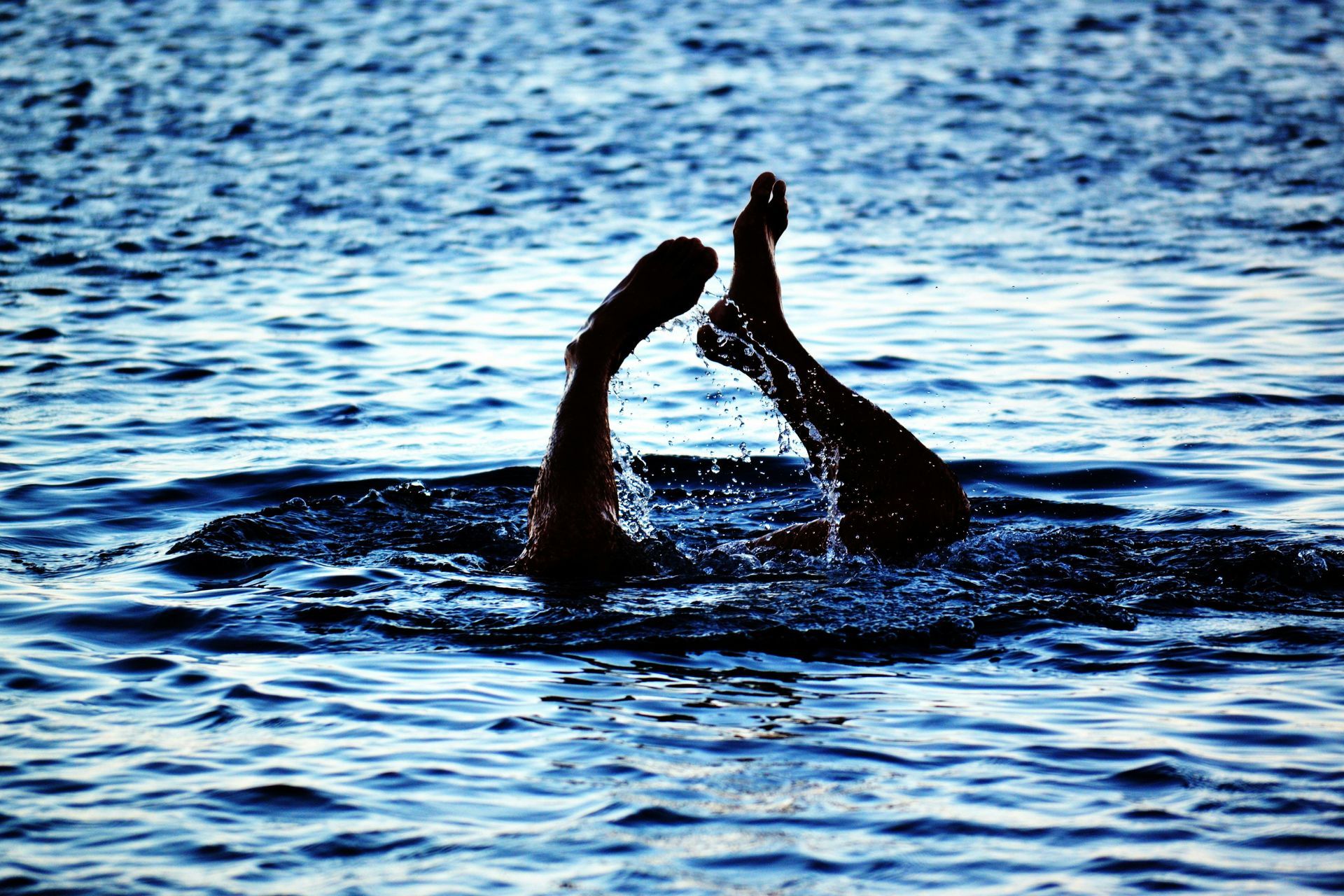Understanding Foot Biomechanics
How Activities and Structure Influence Performance
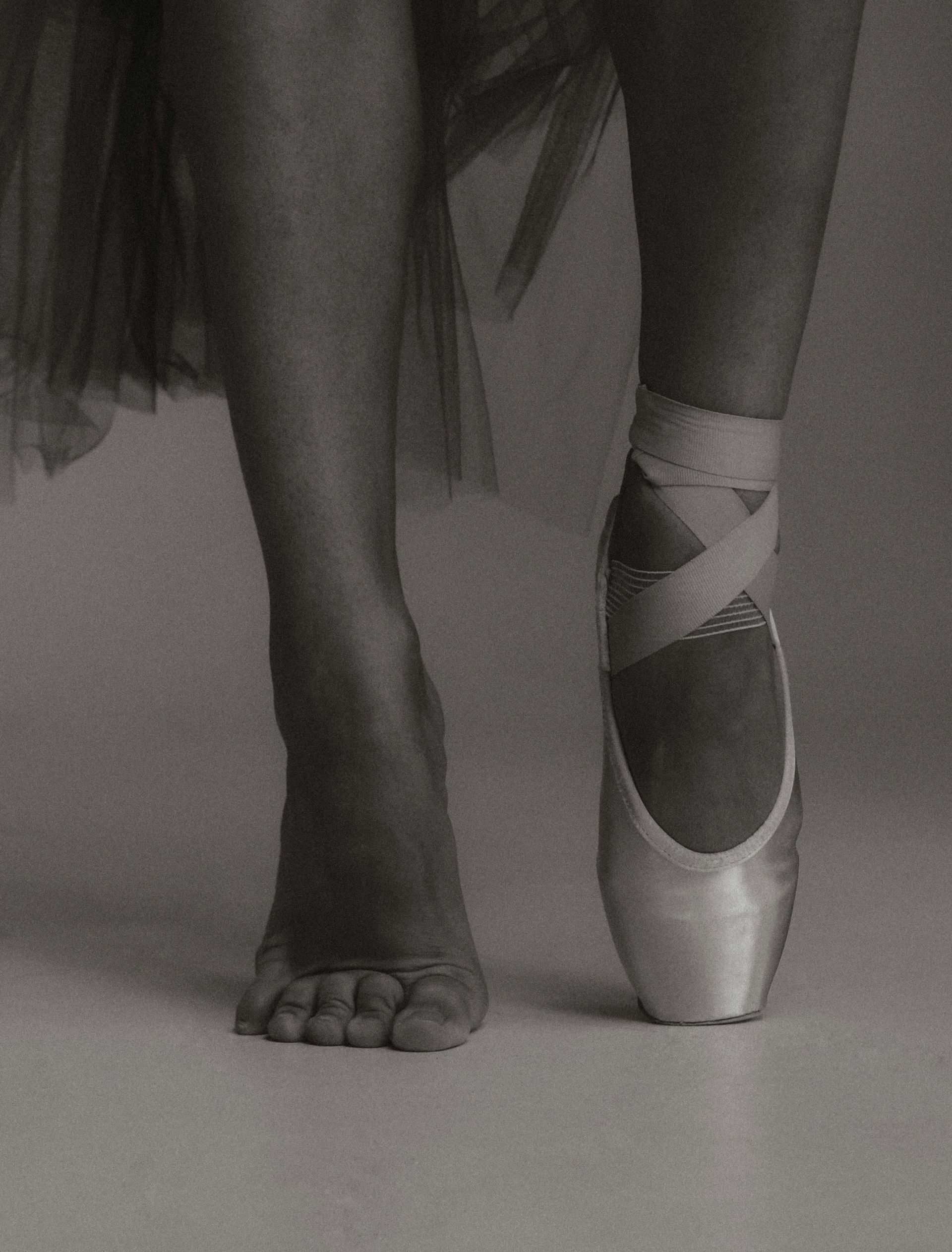
Foot biomechanics play a crucial role in various activities, and the structure of your feet can significantly impact your performance. Visiting a podiatrist for expert insight can greatly enhance your understanding and management of these factors. Here’s a breakdown of how foot mechanics vary across activities and how foot structure influences performance, with a focus on how a podiatrist can help.
Foot mechanics in Different Activities
Running:
- Stance Phase: During running, the foot absorbs impact through the heel or midfoot/forefoot. A podiatrist can assess your gait and recommend footwear or orthotics to manage impact forces effectively.
- Midstance Phase: The foot transitions to a stable position, with the arch playing a key role. A podiatrist can evaluate your arch structure and suggest ways to enhance stability and balance.
- Propulsion Phase: Proper push-off is essential for running efficiency. A podiatrist can help with custom orthotics to improve toe and foot leverage.
Dancing:
- Ballet: Ballet demands exceptional toe strength and flexibility. A podiatrist can provide advice on exercises and support to prevent injuries and enhance performance.
- Hip-Hop: This style requires robust midfoot and forefoot strength. A podiatrist can recommend appropriate footwear and foot care routines to support quick directional changes.
- Salsa: Dancing salsa involves lateral stability and balance. A podiatrist can suggest ways to strengthen your foot and ankle to improve stability and reduce injury risk.
Hiking:
- Shock Absorption: Hiking requires the foot to adapt to uneven terrain. A podiatrist can assess your foot’s shock absorption capabilities and recommend supportive footwear or insoles.
- Traction and Stability: Rugged soles and foot mechanics are crucial for hiking. A podiatrist can advise on the best footwear and strategies to enhance grip and stability on various surfaces.
The Influence of Foot Structure on Athletic Performance
Arch Types:
- High Arches: Individuals with high arches may experience less shock absorption. A podiatrist can provide custom orthotics and guidance to manage these issues and improve performance.
- Flat Feet: Flat-footed individuals may have excessive pronation. A podiatrist can recommend supportive footwear and orthotics to address overpronation and prevent injuries.
Foot Alignment and Gait:
- Overpronation: excessive inward rolling of the foot can lead to injuries. A podiatrist can analyse your gait and suggest corrective measures to manage pronation and optimise performance.
- Supination: Insufficient inward rolling can cause pressure on the outer foot. A podiatrist can help with footwear recommendations and exercises to balance foot pressure.
Toe Structure:
- Longer vs. Shorter Toes: Toe length and alignment affect balance and propulsion. A podiatrist can evaluate your toe structure and offer solutions to enhance function and comfort.
Genetic and developmental factors:
- Inherited Conditions: Conditions like bunions or hammertoes can impact performance. A podiatrist can provide tailored treatments and interventions to address these issues and improve foot function.
Understanding foot biomechanics and structure is key to enhancing performance and preventing injuries in various activities. Consulting with a podiatrist provides expert insight into managing these factors effectively. By assessing your foot mechanics and structure, a podiatrist can recommend personalised solutions to improve your performance and overall foot health.
Read More from our Blog
FootHealth Battersea Blog Spot
Can FootHealth Battersea assist you?
